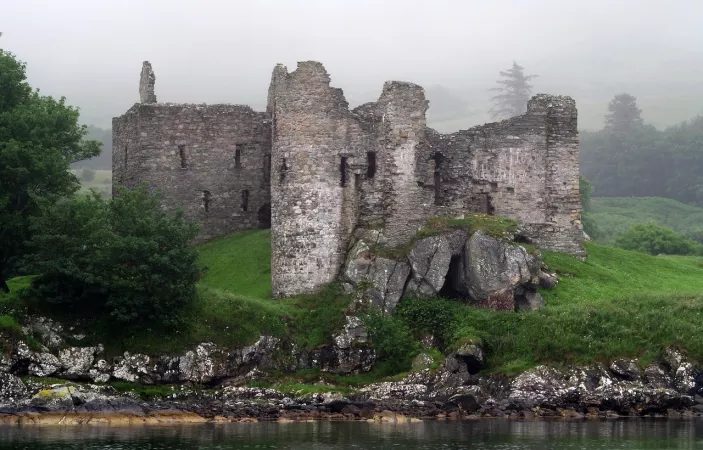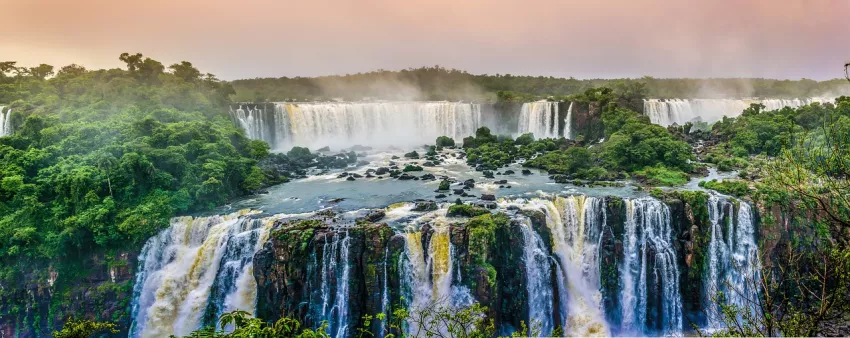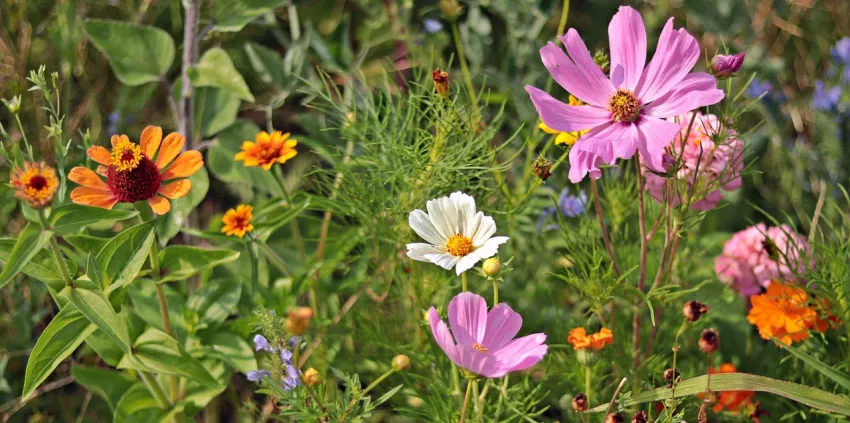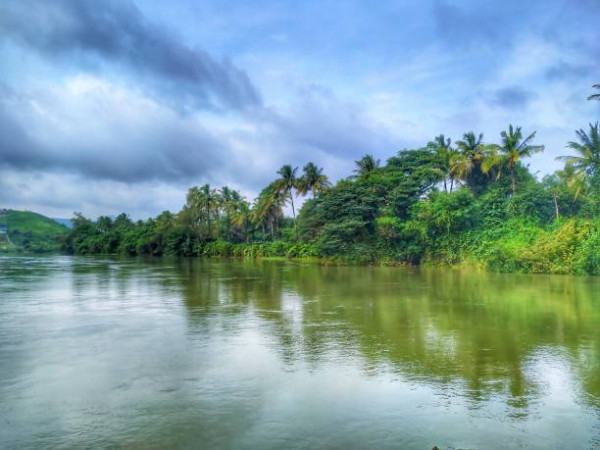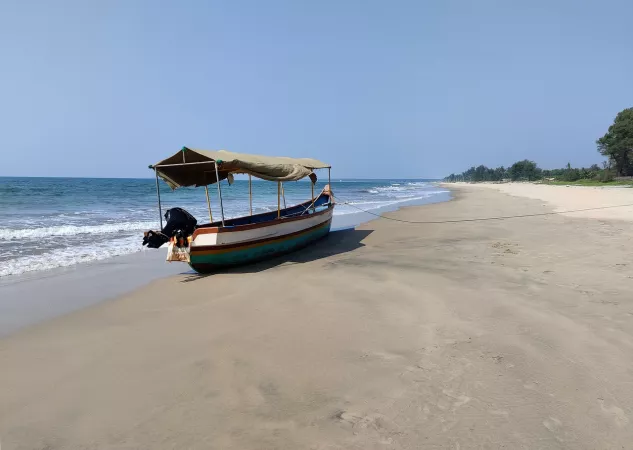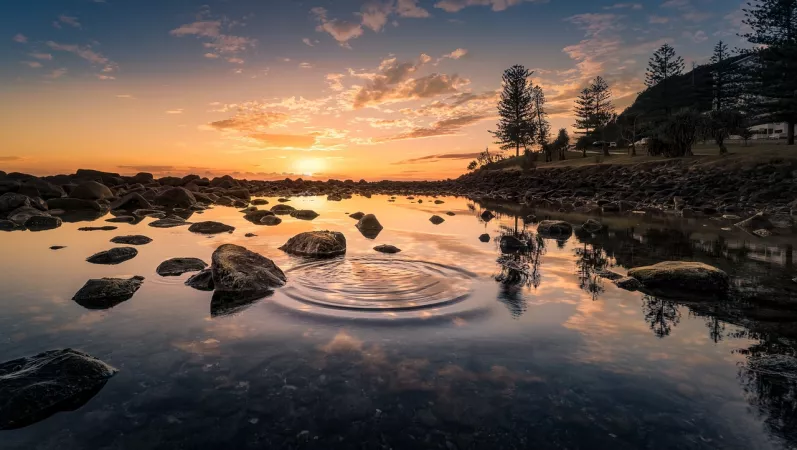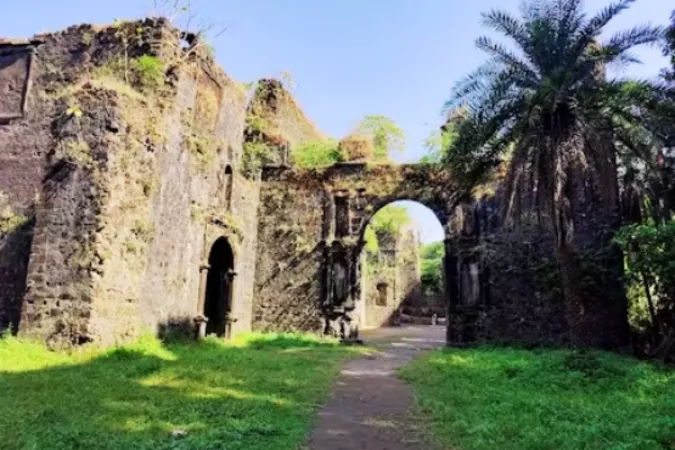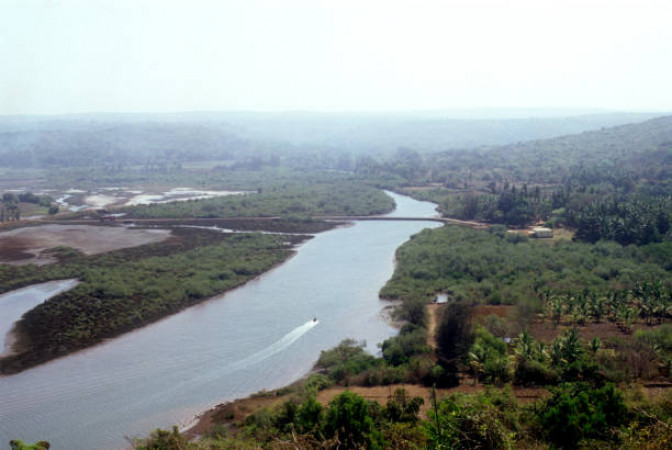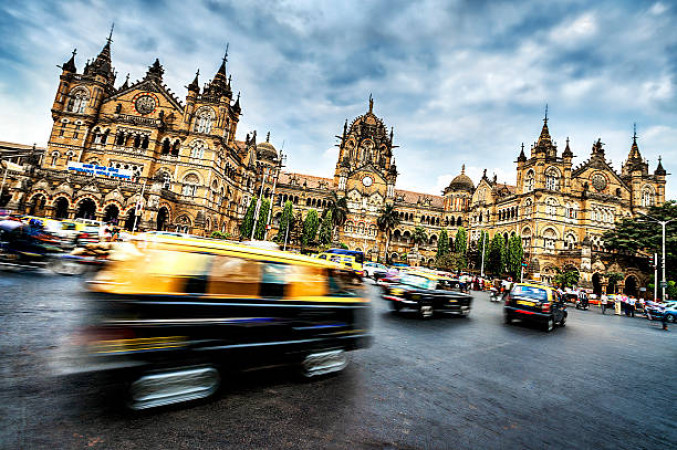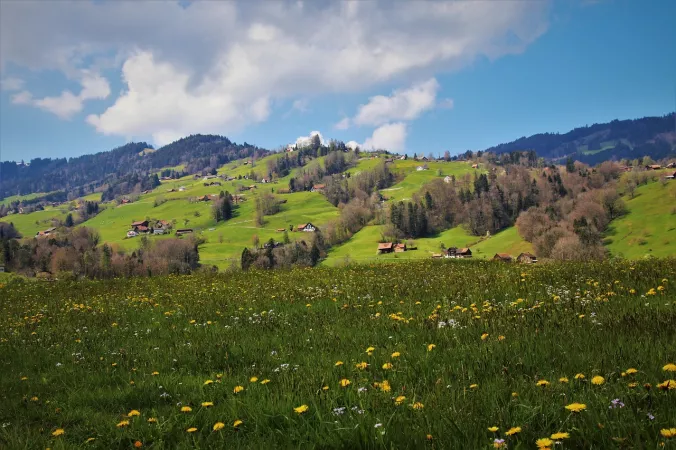
Jawhar
Duration
2 to 3 Days
2 to 3 Days
Best time to visit
Oct-Feb
Oct-Feb
Theme
Hill Station, Heritage
Hill Station, Heritage
Jawhar Travel Guide
Jawhar, a hidden gem in Maharashtra, India, is a picturesque hill station known for its lush greenery, cascading waterfalls, and serene lakes. With a rich historical past dating back to the medieval period, Jawhar offers a perfect blend of natural beauty and cultural heritage. The region is famous for its Warli art, a tribal art form that adorns the walls of local houses and showcases the indigenous culture of the area.
Top Attractions in Jawhar
- Jai Vilas Palace
- Hanuman Point
- Dabdaba Falls
- Sunset Point
- Khadkhad Dam
Jawhar is Famous for
Warli Art
Top Attractions in Jawhar
Jawhar offers a plethora of attractions for travelers to explore:
- Visit the historic Jai Vilas Palace
- Enjoy panoramic views from Hanuman Point
- Experience the beauty of Dabdaba Falls
- Witness breathtaking sunsets at Sunset Point
- Relax by the tranquil Khadkhad Dam
What's Great about Travelling to Jawhar?
- Perfect destination for nature lovers
- Ideal for a peaceful getaway
- Great for photography enthusiasts
- Offers a glimpse into tribal culture
What's Not So Great about Travelling to Jawhar?
- Limited options for shopping and nightlife
- Remote location may not appeal to all travelers
- Accessibility can be a challenge for some
- Not ideal for those seeking a bustling city experience
Travel Tips for Jawhar
- Carry sufficient cash as ATMs may be limited
- Respect the local culture and traditions
- Book accommodation in advance during peak seasons
- Stay hydrated and carry snacks for outdoor excursions
Important Jawhar trip information
- Ideal Duration: 2-3 days
- Best Time to Visit: October to March
- Nearby Airports and Railway Stations: The nearest airport is Mumbai Airport, and the closest railway station is Igatpuri Railway Station.
Top 6 Places to visit in Jawhar
FAQ's on Jawhar
Q1: What is the best time to visit Jawhar?
The best time to visit Jawhar is during the winter months from November to February when the weather is pleasant and cool, making it ideal for exploring the natural beauty of the region. Avoid the monsoon season from June to September as heavy rainfall can hinder outdoor activities.
Q2: Do I need a visa to travel to Jawhar?
Most visitors to Jawhar will require a tourist visa. It's recommended to check with the local embassy or consulate for specific visa requirements based on your nationality. Some countries may be eligible for visa-on-arrival or visa-free entry, but it's essential to confirm before traveling.
Q3: What are the must-visit attractions in Jawhar?
Jawhar is known for its stunning landscapes, including the picturesque Jai Vilas Palace, Dabhosa Waterfall, and the enchanting Shirpamal. Visitors should also explore the ancient Jaivilas Palace, Hanuman Point for panoramic views, and the tranquil Sunset Point for breathtaking sunsets.
Q4: Is Jawhar a safe place to travel?
Jawhar is generally a safe destination for travelers. However, it's advisable to take standard precautions such as avoiding isolated areas at night and safeguarding personal belongings. Stay informed about local customs and follow any travel advisories in place.
Q5: What is the local currency in Jawhar and can I use credit cards?
The local currency in Jawhar is the Indian Rupee. While credit cards are accepted in some hotels and larger establishments, it's recommended to carry cash for smaller purchases. ATMs are available in the main town for convenient access to money.
Q6: What is the local cuisine like in Jawhar?
Jawhar offers a diverse culinary experience with traditional Maharashtrian dishes like Pithla Bhakri, Varan Bhaat, and Sabudana Khichdi. Don't miss trying the local Warli cuisine and indulging in sweet treats like Puran Poli and Modak. Vegetarian options are prevalent, reflecting the local culture and customs.
Q7: What transportation options are available in Jawhar?
Travelers in Jawhar can utilize public transport such as buses and taxis to explore the region. Car rentals are also available for those who prefer more flexibility in their itinerary. For a unique experience, consider hiring a local guide for sightseeing tours.
Q8: Are there any cultural norms or etiquette I should be aware of when visiting Jawhar?
Respect for local customs is essential when visiting Jawhar. It's recommended to dress modestly, especially when visiting religious sites. Always ask permission before taking photographs of locals, and be mindful of cultural sensitivities. Greeting people with a "Namaste" is a sign of respect and is commonly used in the region.
Q9: I am a travel agent. How can I buy travel leads of Jawhar?
Register yourself as a travel agent at agents.tripclap.com and then you can buy travel leads to Jawhar once your account is approved. For more details contact our support team at +91-8069186564 or support@tripclap.com
